i bc27f85be50b71b1 (14 page)
Read i bc27f85be50b71b1 Online
Authors: Unknown
and cardiac muscle. Trapollill I is an isorype found exclusively in the
myocardium and is therefore 1 00% cardiac specific. Trapollill T is
anorher isorype, and alrhough ir is sensirive to cardiac damage, ir also




CARDIAC SYSITM 3 1
rises with muscle and renal failure.JO These newer markers are emerging as sensitive and cardiac specific clinical indicators for diagnosis of MI and for risk stratification.
Myoglobil1 is an O,-binding heme protein in both cardiac and skeletal muscle. Although myoglobin is good for identifying acute MI in the early stages, skeletal muscle origin needs to be ruled out. One mechanism of ruling out skeletal muscle damage is a rise in carbonic anhydrase. Carbonic anhydrase only rises with skeletal muscle damage, and irs rise is early, very similar ro myoglobin. Some have advocared a rario
of myoglobin and carbonic anhydrase to diagnose acute MI.I2
LDH is also released after cell injury or death. LOH has five isoenzymes. LOH-I is specific for cardiac muscle injury. Testing for LOH-l is valuable for determining myocardial injury in patients admitted a
few days after the initial onset of chest pain, because it takes approximately 3 days to peak and may stay elevated for 5-1 4 days .'7
Clinical Tip
• Physical therapy geared toward testing functional
capacity or increasing rhe patient's activity should be withheld until CK-M B levels have peaked and begun to fall.
• It is best to await the final diagnosis of location, size,
and rype of MI before active physical therapy treatment.
This allows for rest and time for the control of possible
post-MI complications.
Arterial Blood Gas Measurements
Arterial blood gas measurement may be used to evaluate the oxygenation (Pao,), ventilation (Paco,), and pH in patients during acute MI and exacerbations of congestive heart failure (CHF) in certain situations (i.e., obvious tachypnea, low Sao,). These evaluations can help determine the need for supplemental oxygen therapy and mechanical
ventilatory support in these patients. Oxygen is the first drug provided during a suspected MI. Refer to Chapter 2 and Appendix Ill-A for further description of arterial blood gas interpretation and supplemental oxygen, respectively.
Chest Radiography
Chest x-ray can be ordered for patients to assist in the diagnosis of
CHF or cardiomegaly (enlarged heart). Patients in CHF have an



32 AClJfE CARE HANDBOOK FOR I)HYSICAL TI-IERJWISTS
increased density in pulmonary vasculature markings, giVing the
appearance of congestion in rhe vessels.'·7 Refer to Chapter 2 for further description of chest x-rays.
Echocardiography
Transthoracic echocardiography or "cardiac echo" is a noninvasive
procedure that uses ultrasound to evaluate the function of the heart.
Evaluation includes the size of the ventricular cavity, the thickness
and integtiry of the seprum, valve integrity, and the motion of individual segments of the ventricular wall. Volumes of the ventricles are quantified, and EF can be estimated '
Transesophageal echocardiography is a newer technique that provides a better view of the mediastinum in cases of pulmonary disease, chest wall abnormality, and obesity, which make standard echocardiography difficulr.'2.32 For this test, the oropharynx is anesthesized and the patient is given enough sedation to be relaxed but still awake since he or she needs to cooperate by swallowing the
catheter. The catheter, a piezoelectric crystal mounted on an endoscope, is passed into the esophagus. Specific indications for transthoracic echocardiography include bacterial endocarditis, aortic dissection, regurgitation through or around a prosthetic mitral or
tricuspid valve, left atrial thrombus, intracardiac source of an embolus, and interarterial septal defect. Patients usually fast for at least 4
hours prior to the procedure.32
Principal indications for echocardiography are to assist in the diagnosis of pericardial effusion, cardiac tamponade, idiopathic or hypertrophic cardiomyopathy, a variety of valvular diseases, intracardiac masses, ischemic cardiac muscle, left ventricular aneurysm, ventricular thrombi, and a variery of congenital heart diseases.'2
Transthoracic echocardiography can also be performed during or
immediately following bicycle or treadmill exercise to identify
ischemia-induced wall motion abnormalities or during a pharmacologically induced exercise stress teSt (e.g., a dobutamine stress echocardiograph [DSEj). This stress echo cardiograph adds to the
information obtained from standard stress tests (ECGs) and may be
used as an alternative to nuclear scanning procedures. Transient
depression of wall motion during or after stress sugges(s ischemia.33
Contrast Echocardiograph
The ability of the echocardiograph to diagnose perfusion abnormalities and myocardial chambers is improved by using an intra-

CARDIAC SYSTEM
33
venously injected contrast agent. The contrast allows greater
visualization of wall motion and wall thickness, and calculation
of EF."
Dobulamille Stress Echocardiograph
Dobutamine is a potent alpha-l (al) agonist and a beta-receptor
agonist with prominent inotropic and less-prominent chronotropic
effects on the myocardium. Dobutamine (which-unlike persantine-increases contractility, HR, and BP in a manner similar to exercise) is injected in high doses into subjects as an alternative to
exercise.JJ Dobutamine infusion is increased in a stepwise fashion
similar to an exercise protocol. The initial infusion is 0.01 mglkg
and is increased 0.01 mglkg every 3 minutes until a maximum infusion of 0.04 mglkg is reached. This infusion is maintained for 5 minutes for a total dose of approximately 0.38 mglkg. Typically, the echocardiograph image of wall motion is obtained during the final